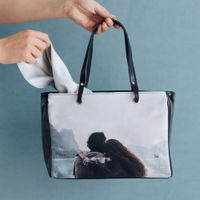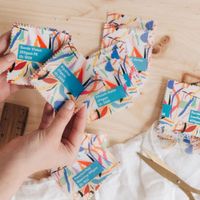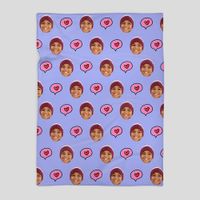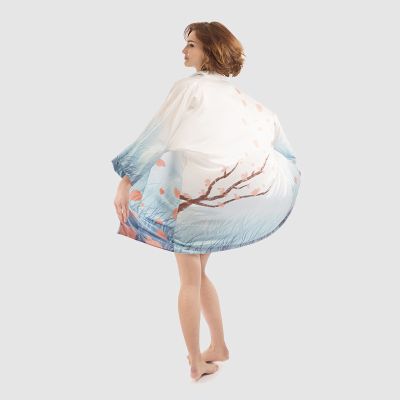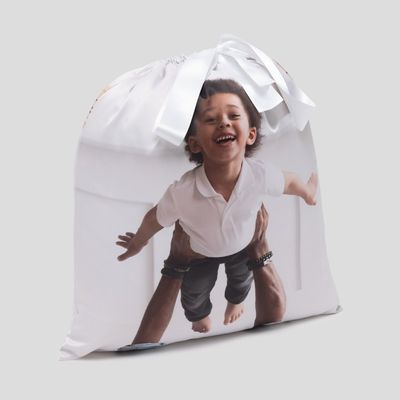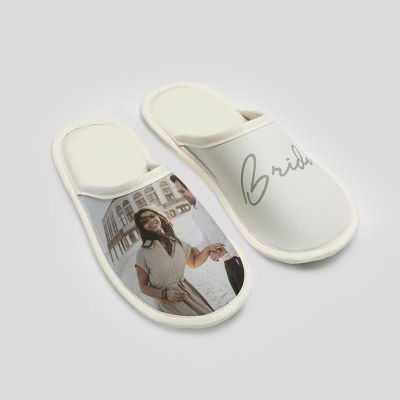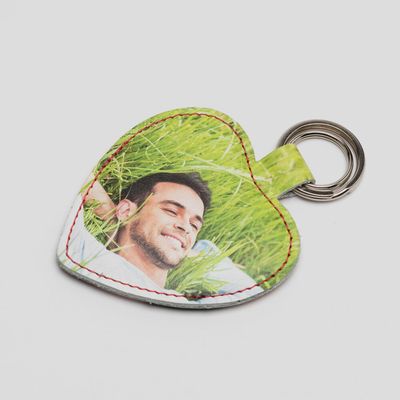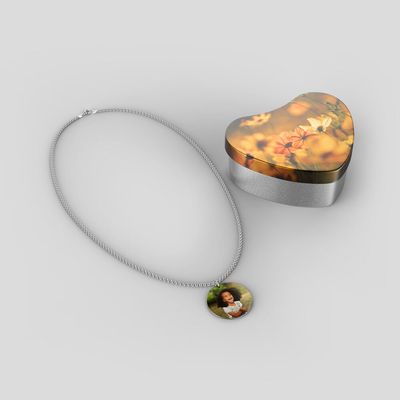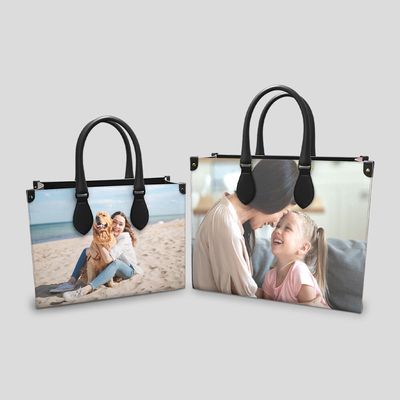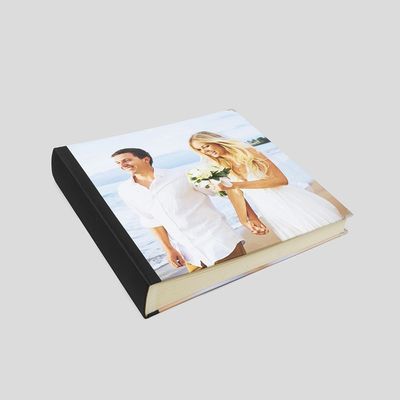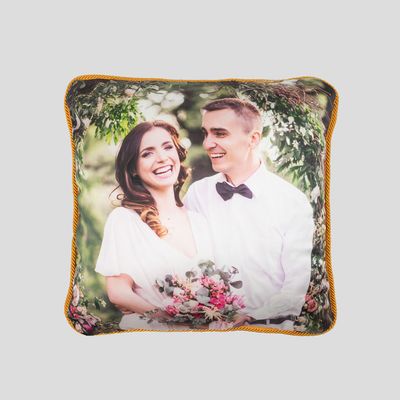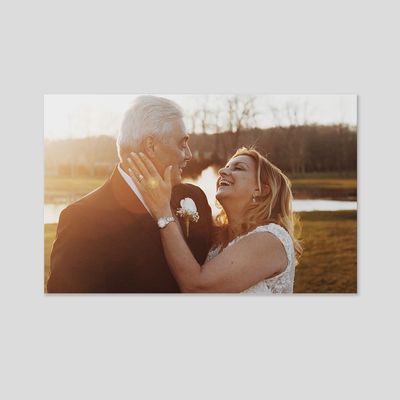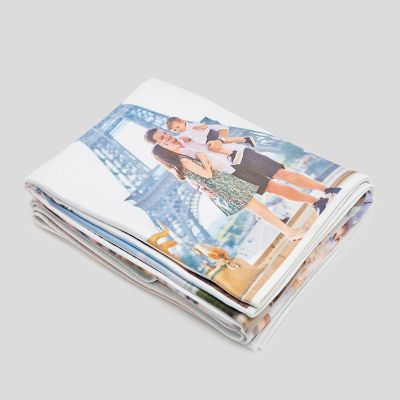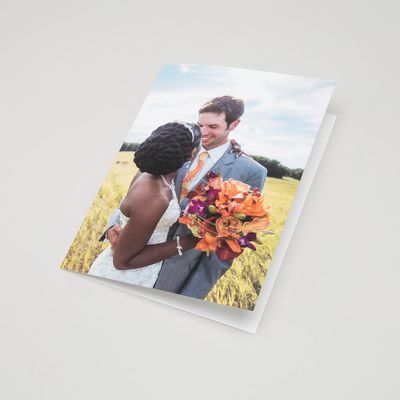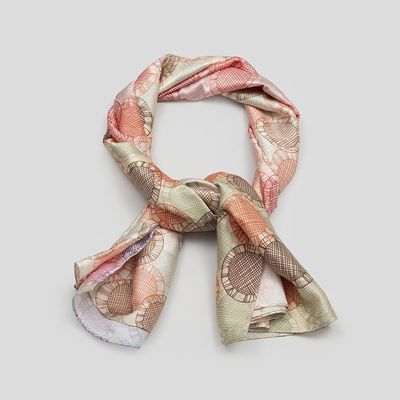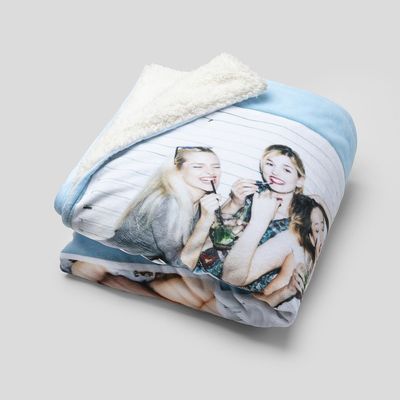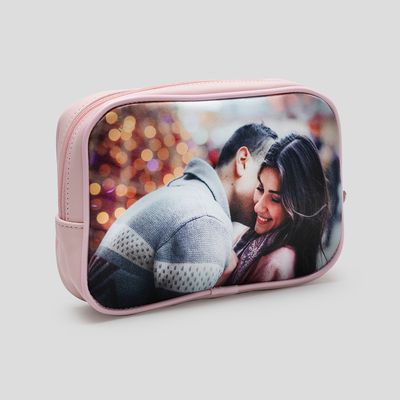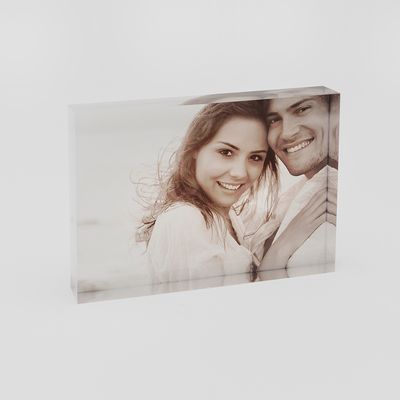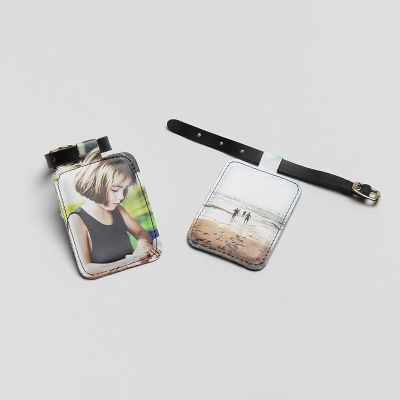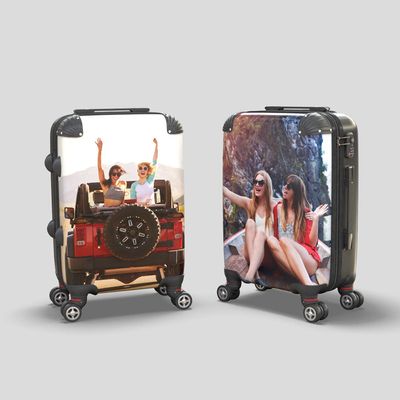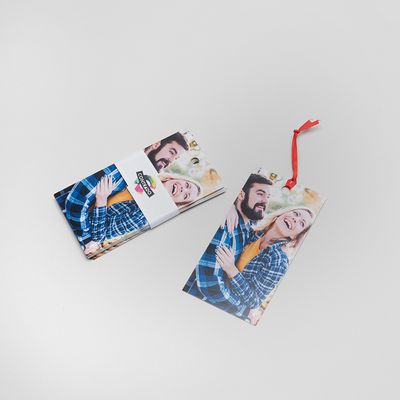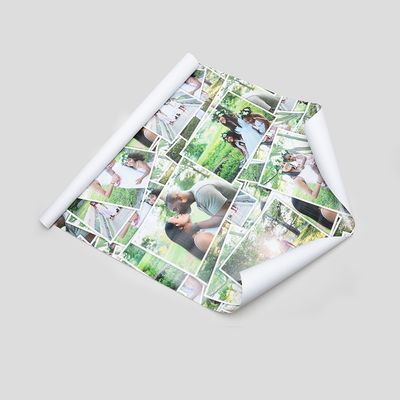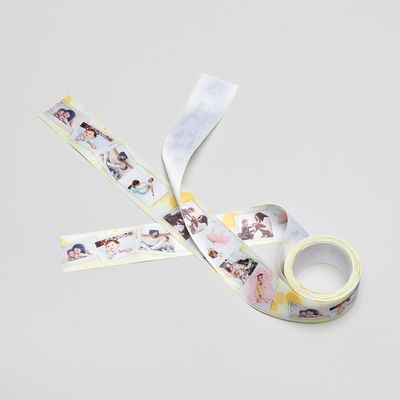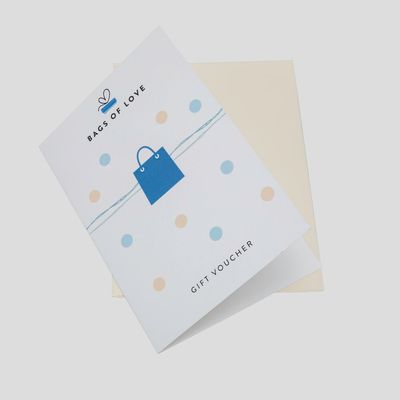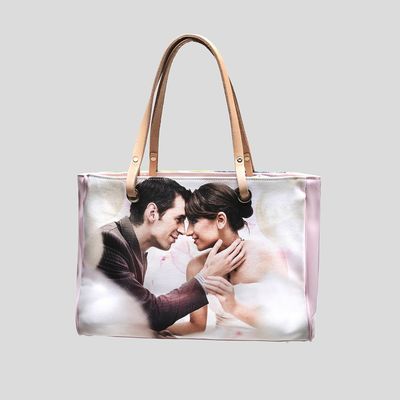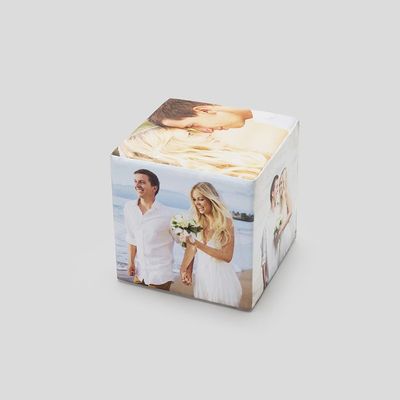Add a personal touch
Despite the fact that it is a very public affair, getting married is a very personal decision. Someone is choosing to commit to one person, from that moment, for the rest of their lives. It only seems fitting that the gift you choose for them is just as personal. Personalised gifts for the bride allow you to find something that you know she will love, and then custom make the design so that it is as unique as she is.
A Chef or a Saint?
There is no confirmed etymology of the word 'bride', however, there are two different offerings for the origin, and they couldn't be much different from one another. It is thought that the term 'bride' possibly originated from the Old English word 'bryd'. 'Bryd' comes from the Germanic 'brũ'. This literally means to brew, cook or make a broth. Primitively, this was the role of the daughter-in-law in families.
It is also suggested, most commonly in Ireland, that the word 'bride' could be named as such because of Saint Brigit (of Kildare) who is one of the patron saints of Ireland. She is celebrated for her generosity, namely to the poor. Many of the miracles associated with Saint Brigit are attributed to women, and most relate to either healing or household tasks.
Put Your Best Dress On
In Europe and North America, a bride will normally wear a dress that has been bought specifically for the wedding day. This is typically in white and is so elaborate that it would not be worn for any other occasion. This has not always been the case though. Pre-mid-19th century the bride would wear her best dress, regardless of its colouring. Particularly wealthy women would order new dresses for their weddings in their favourite colour. They would expect to wear these dresses again, but the first time would be at the wedding.
It's a Nice Day for a White Wedding
Queen Victoria began the Western trend of wearing a white wedding dress, wearing a white court dress for her wedding. Throughout the early 20th century, a white wedding dress would only be worn for a first marriage, as it was regarded as an ancient symbol of virginity. White dresses were often a public display of wealth and power as they were incredibly luxurious and notoriously difficult to care for. In more modern times, brides would wear white or similar colours (such as ivory or cream) regardless of how many marriages they'd already had, and it became unrelated to her sexual history.
Hold Your Colour
Much more recently, white dresses have been more commonly disregarded in favour of something more colourful in Western countries. Outside of these countries, brides will commonly wear their national dress. In Asian cultures, white dresses are extremely uncommon for weddings, as white is the colour of mourning and death. Red, the colour of vibrancy and health is favoured and is often associated with brides. Whatever colour is chosen, bridal garments are usually highly decorated, often using embroidery or beading.
Something Old, Something New...
...something borrowed, something blue (and a silver sixpence in her shoe). A rhyme that nearly everyone is familiar with, although more often than not the final lines are omitted - this could be because of the lack of a sixpence in modern currency. These somethings were all to symbolise something different, and it's said that if a bride wears these at her wedding, she will receive good luck in those specific areas. The something old was for protection for a baby to come. Blue was a sign of fidelity, and that is what the something blue would symbolise. The borrowed item should be from another happy bride, to provide good luck in the bride's marriage. The sixpence was slipped into the show by the father of the bride, to signify good luck and to wish prosperity in the marriage. Over time the items have taken on different meanings, yet the symbolism is still regarded just as highly by a bride on her special day. Something old is often said to mean continuity, with the something new portraying optimism for the future. Something borrowed and something blue still retain a lot of their roots, symbolising borrowed happiness and fidelity, respectively.
The Sun Sets on the Evil Eye
In Victorian Lancashire, it was said that the old and blue items would protect the bride against the 'Evil Eye'. This was a curse which could be passed on with just a malicious glare, often without the bride even noticing. This glare could make her infertile. The borrowed something was often the underwear of a woman who had already had children. This has been noted to protect the bride in two different ways. The first being that it would cause the 'Evil Eye' to believe that the bride was already fertile, and thus circumventing the curse. The second being that it would communicate fertility to the bride from someone who was already blessed with children.
Unique Gifts for the Bride
With personalised gifts for the bride, you can create a something new or a something blue, or something completely different. No matter what you choose, as you create the design yourself, you know that you will have unique gifts for the bride that she won't find anywhere else, and that no other bride anywhere in the world will have.



